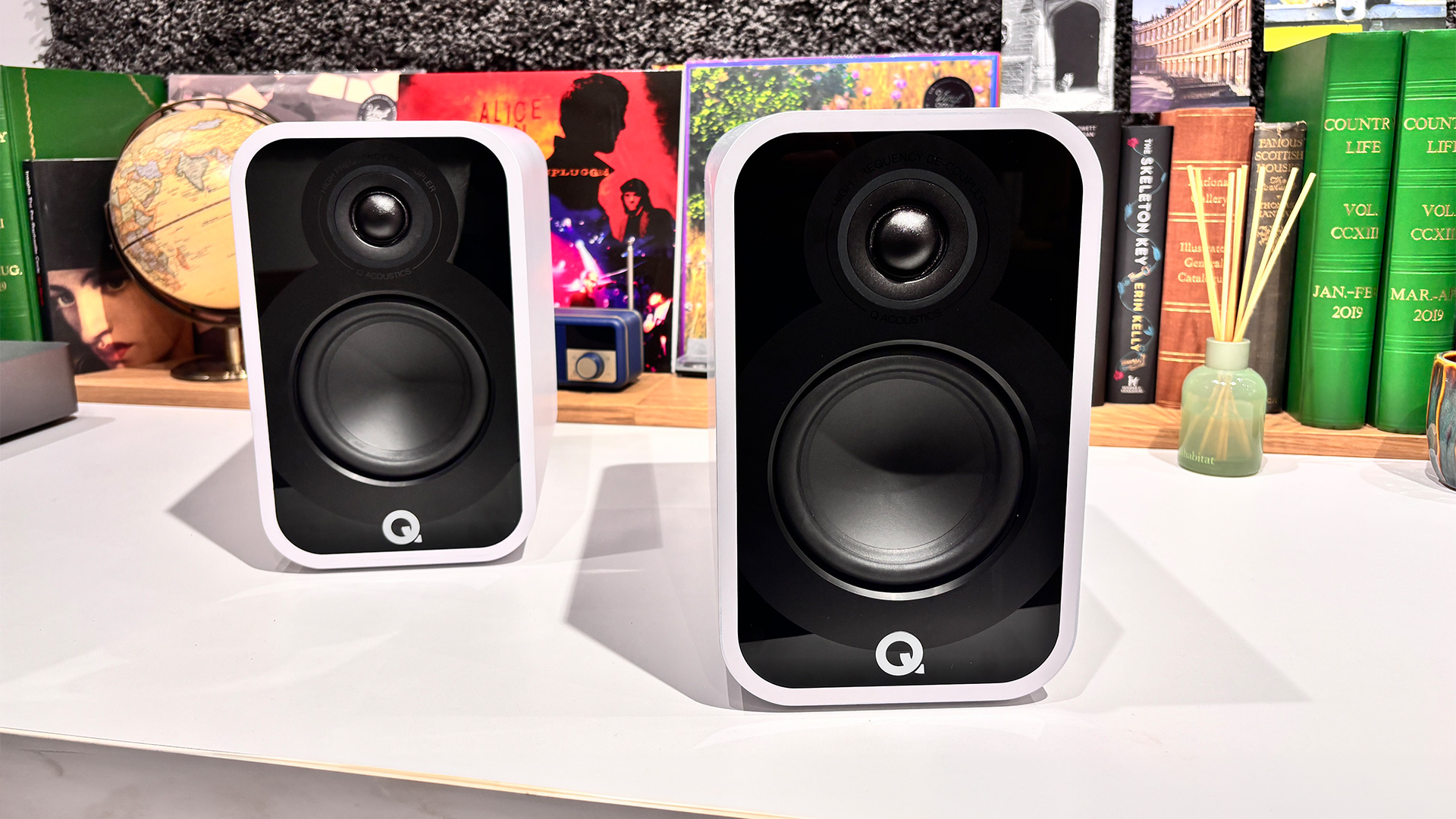What Hi-Fi? Verdict
The Q Acoustics 5010 are clear and seamless-sounding speakers, even if they’re up against some stellar rivals at this level
Pros
- +
Excellent clarity and detail resolution
- +
Well-integrated and cohesive sound
- +
Excellent build quality throughout
Cons
- -
We wish they were more emotionally engaging
- -
Rivals are better with rhythms
Why you can trust What Hi-Fi?
Q Acoustics has found something of a magic formula with its current 5000 series lineup.
The Q Acoustics 5050 floorstanders (£1299 / $1999 / AU$2999) scooped a What Hi-Fi? Award last year for their seamless combination of grace and power at a competitive price point, while the more affordable 5040 towers (£999 / $1499 / AU$2349) nabbed their own trophy by combining expressive dynamics with excellent clarity and resolution.
It’s a bit of a cliché, but the Q Acoustics 5010 standmounts have big shoes to fill. The speaker brand’s implementation of its ‘Continuous Curved Cone’ driver technology has helped to elevate the 5000 series to great heights, and with the same tech gracing the 5010, Q Acoustics will be hoping for similar levels of success from the smallest bookshelf models in this range.
Build & design
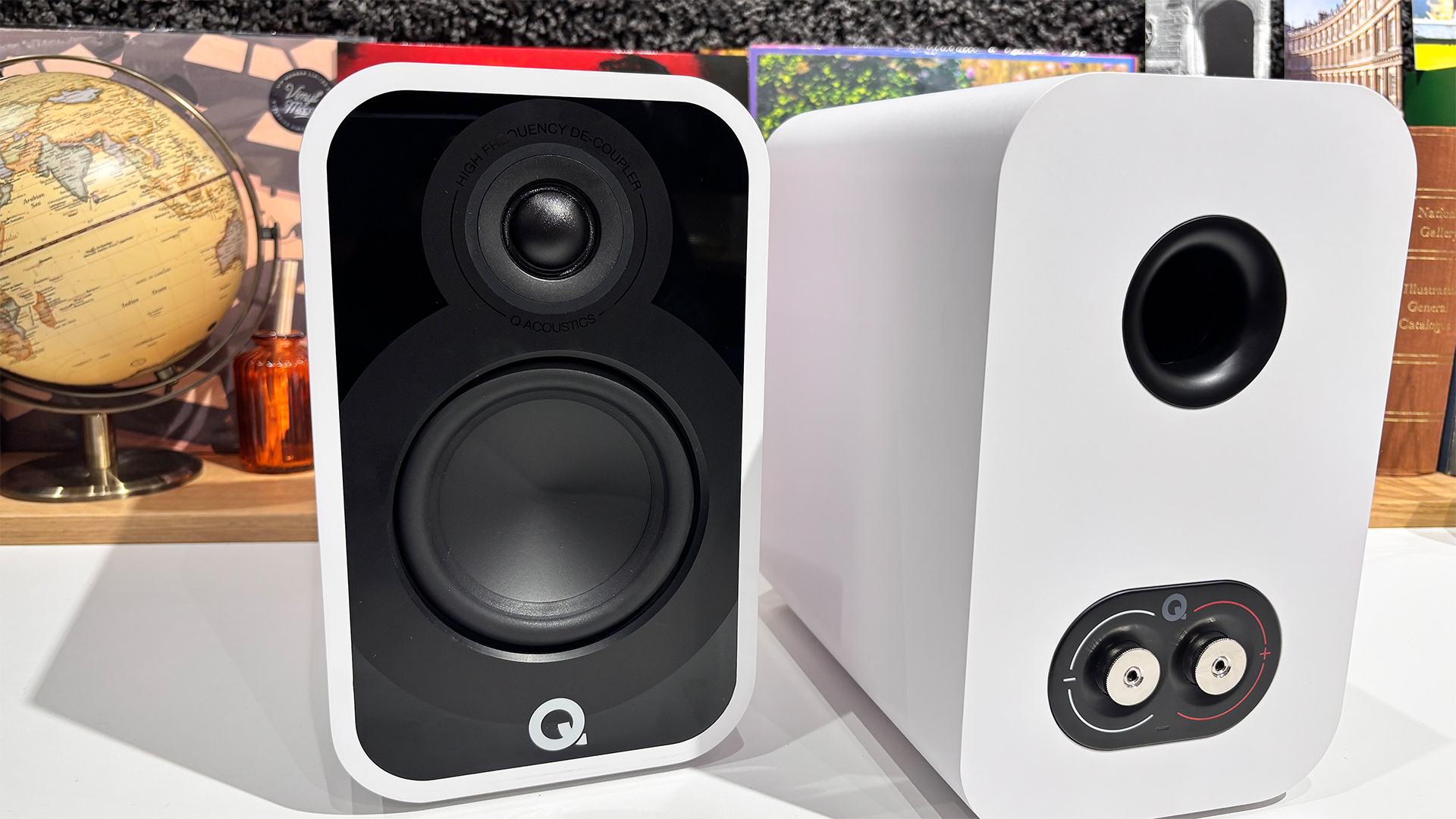
The Q Acoustics 5010 may be reasonably affordable at £399 / $749 / AU$1099 (they’ve dropped from their original £499 price in the UK at most retailers), but they’re hardly a cheaply made pair of standmounts.
When switching between the 5010 and the rival Bowers & Wilkins 607 S3 in this price range (£499 currently), we note how weighty and solid the Q Acoustics feel.
The 5010 are well-made units, from their signature rounded-off edges to the quality of the single set of terminals housed at each speaker’s rear.
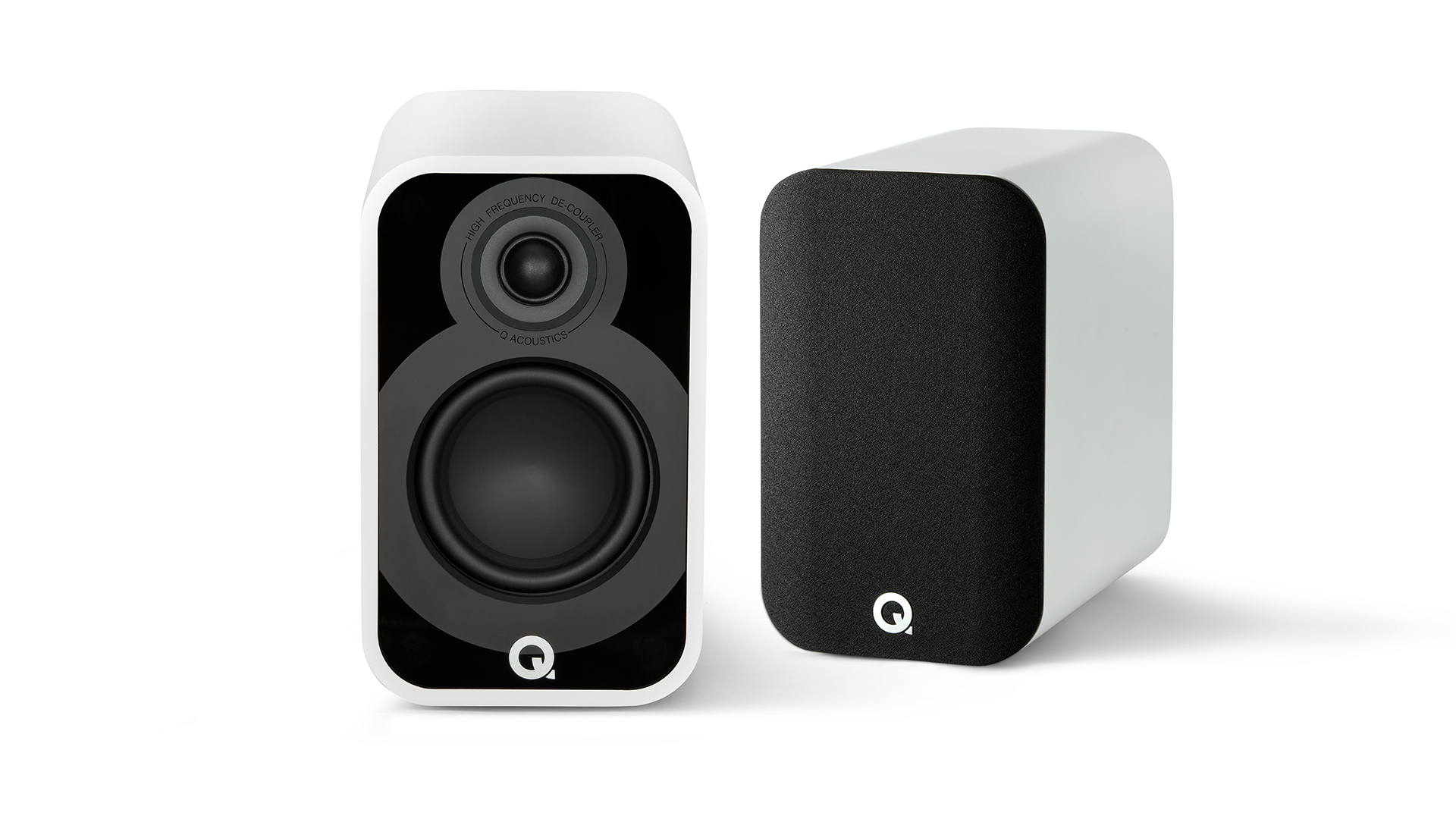
Type Standmount
Drive Units 25mm tweeter, 11cm mid/bass driver
Ported? Yes (rear)
Bi-wire? No
Nominal Impedance 6 ohms
Sensitivity 86.3dB/w/m
Dimensions (hwd) 26.4 x 16 x 26.3cm
Weight (each) 5.6kg
Finishes x 4 (black, white, rosewood, oak )
Retaining the smooth, minimalist design preferred by Q Acoustics, the 5010 don’t look cluttered or oddly proportioned to our eyes. Each speaker’s front baffle is dressed in a layer of rubber and black acrylic trim which, besides giving each unit its trademark aesthetic, has been designed to provide a damping layer to suppress vibrations in the baffle itself.
The latest hi-fi, home cinema and tech news, reviews, buying advice and deals, direct to your inbox.
Being part of the 5000 series, we’d be remiss if we didn’t talk about the 5010’s patented Continuous Curved Cone driver design. Using the same principle as the 5040 and 5050 floorstanders, the 5010’s 11cm mid/bass driver promises to “combine the bass performance benefits of a traditional straight conic cone with the high/mid-range frequency control of a flared cone” thanks to its smooth, curved profile.
The 25mm tweeter is based on the same design principle as found in Q Acoustics’ Concept series, wherein the driver is decoupled from the baffle to prevent vibrations from the mid/bass unit spoiling its sound. The driver’s inner chamber, meanwhile, has been vented to reduce distortion and promote a cleaner, clearer sound.
Compatibility
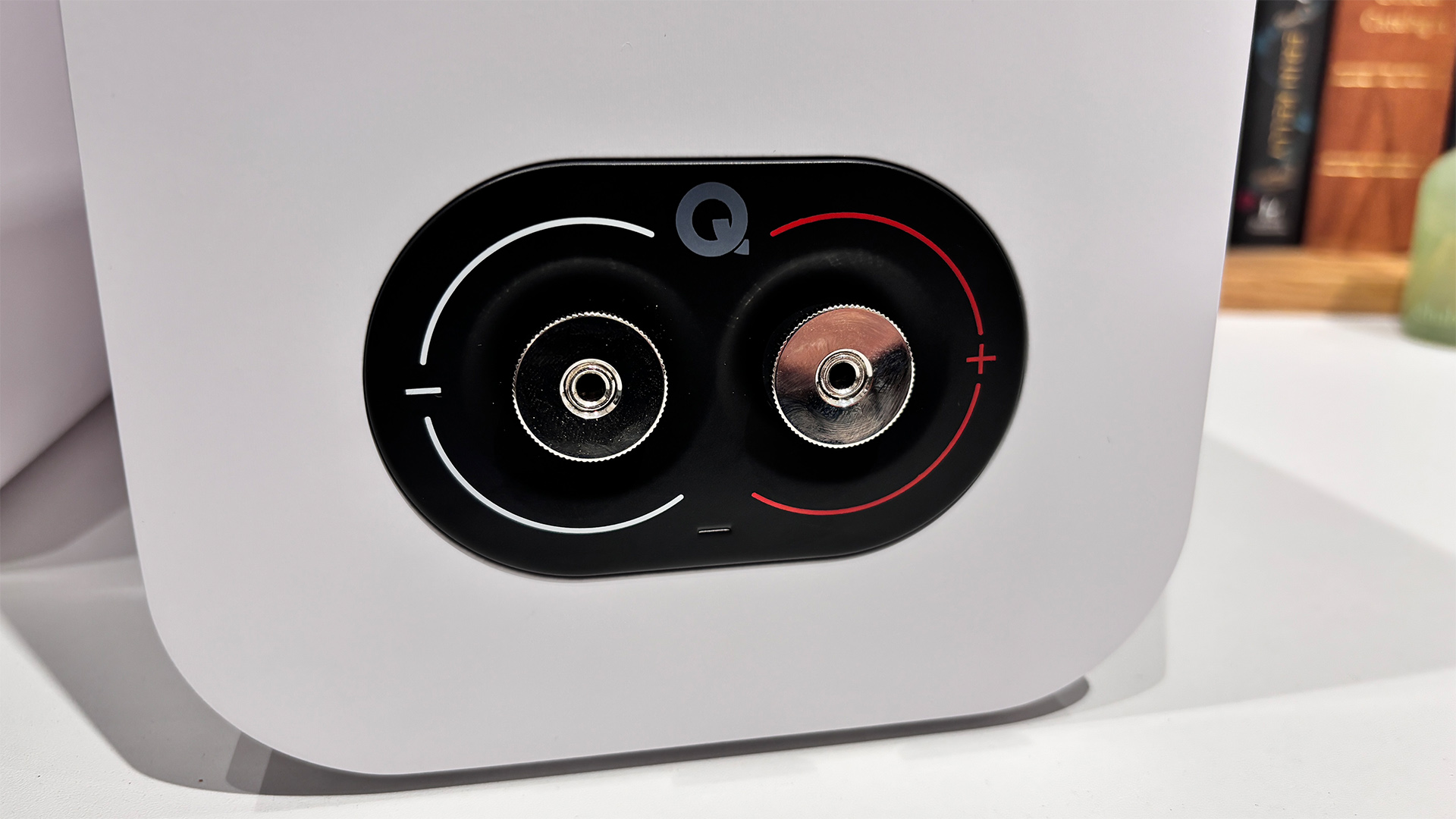
We initially use our reference system of the Naim ND555/555 PS DR music streamer and Burmester 088/911 MKIII power amplifier during our testing.
But as the 5010 are considerably more affordable speakers (and naturally sound out of place in our big-money reference system), we find that moving down to the more reasonable Arcam A15 amplifier (£1099 / $999) is a better fit, making the 5010 sound more accomplished and comfortable when we make the switch.
For a more price-compatible amplifier partnering, the punchy, exciting Rega Brio Mk7 (£799 / $1095 / AU$1699) and the excellent Arcam A5 (£749 / $699) are worth investigating.
The 5010 are rear-ported and, given their size and price, most users will position them reasonably close to a wall to get enough bass.
Q Acoustics recommends around 20cm from the back wall, and after a little experimentation we find that 20cm from the rear wall and around 160cm apart grants us the best results in our larger 3 x 7 x 5m (hwd) test room.
Sound
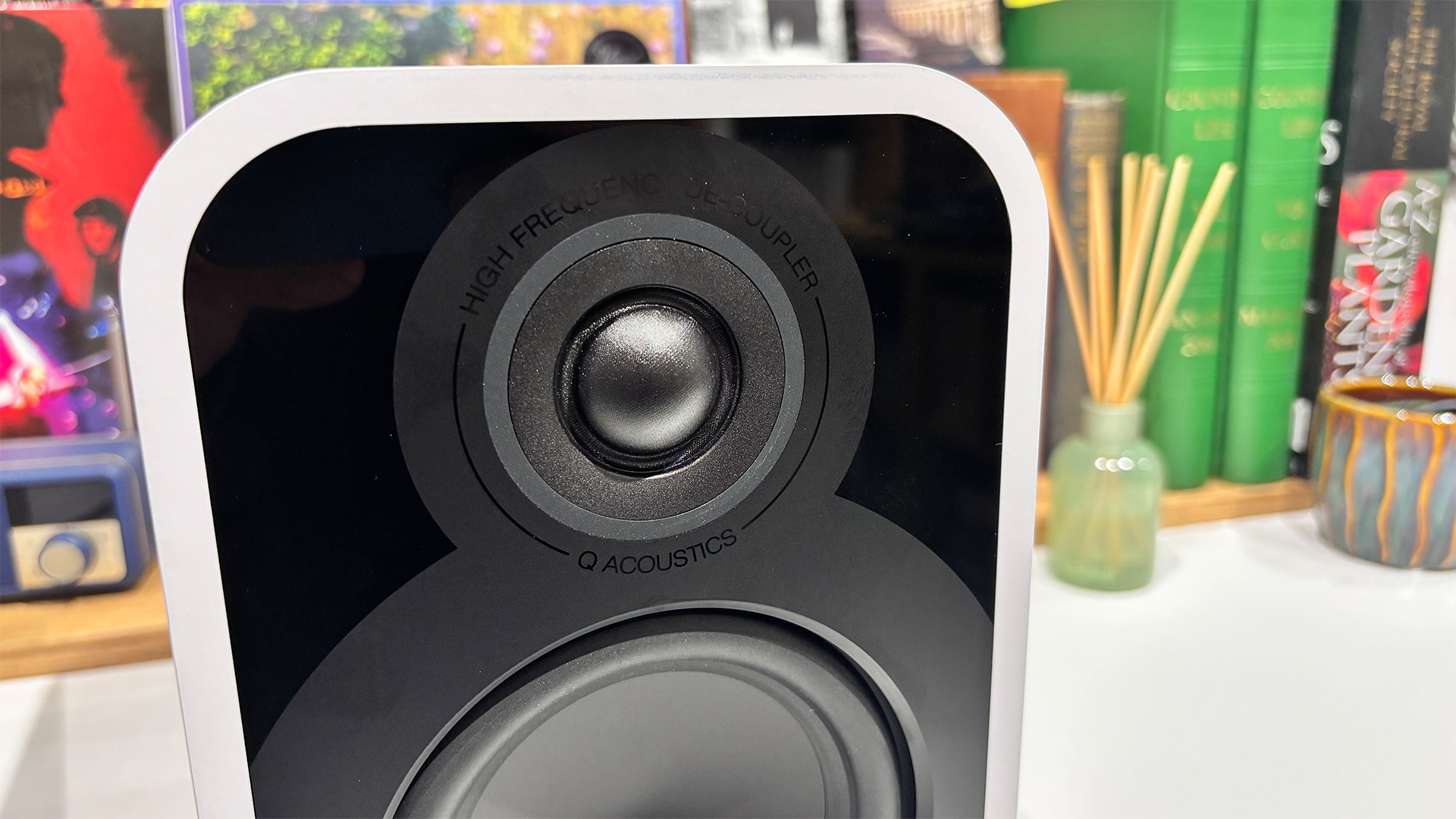
The Q Acoustics 5010 are, in many ways, a deeply impressive pair of standmounts. They produce an immensely cohesive sound, making our music so organised and well integrated that even the Award-winning Bowers & Wilkins 607 S3 come across as slightly ill-disciplined by comparison.
That’s an admirable talent to showcase when you’re dealing with simple guitar-and-vocal tracks, but when you can hold together something as challenging as Radiohead’s Burn The Witch or Hans Zimmer’s Up Is Down, it’s really worthy of commendation.
The 5010 pull music together expertly, giving tracks a balanced, ordered impression and reining in any stray elements with the calm assurance of a champion dressage rider martialling their graceful steed.
Don’t worry that you’ll be cheated out of enough bass weight, either. The Q Acoustics standmounts have ample bass to give tracks that much-needed lower-end oomph, especially if you position them correctly in relation to the back wall.
They don’t quite have the same rhythmic snap as rivals such as the Dali Oberon 1 (currently £399), but the 5010 offer more bass weight than their five-star Dali rivals.
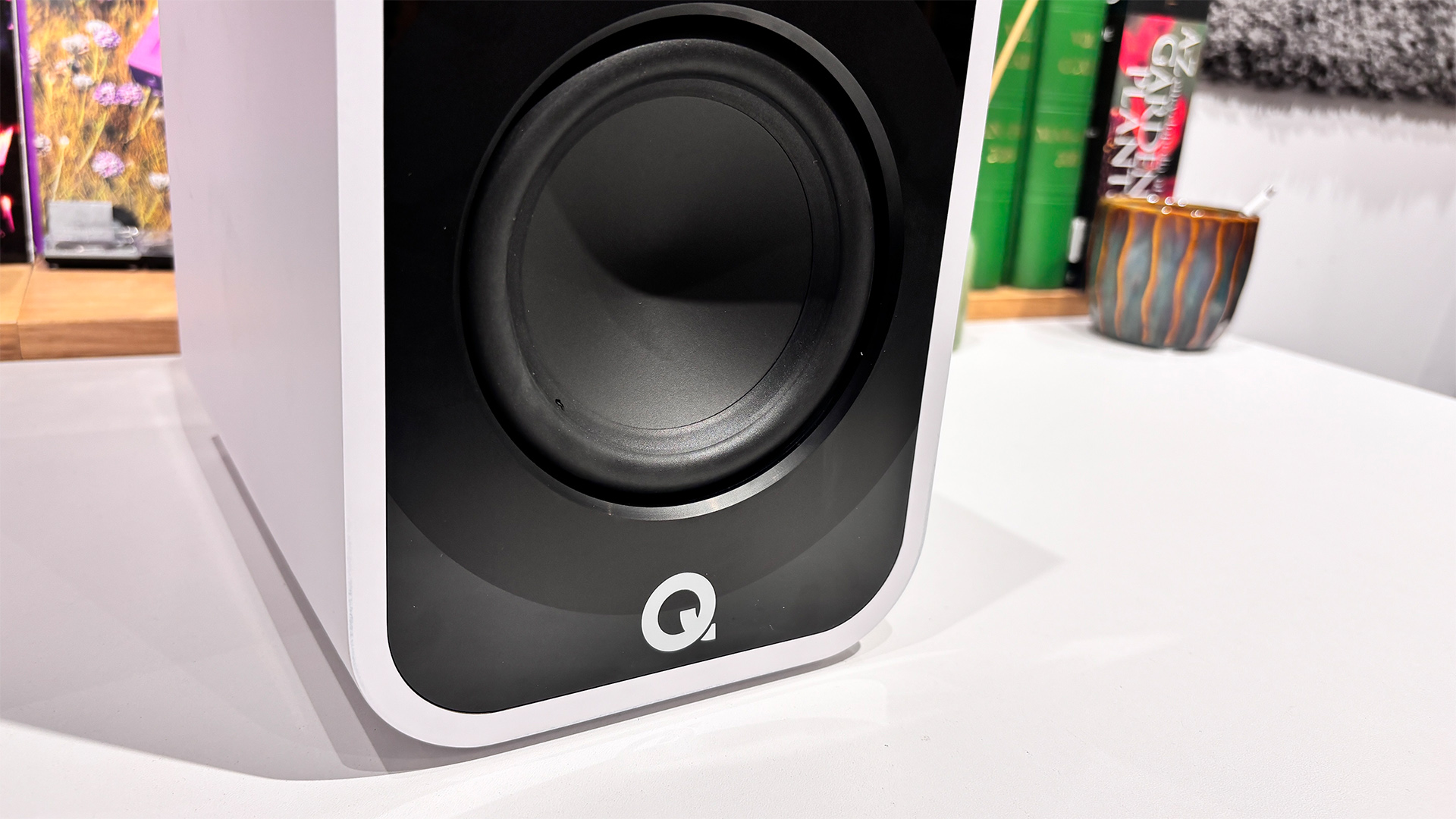
With that cohesion and ample bass comes excellent levels of clarity. The 5010 standmounts demonstrate the same clean, natural-sounding personality of their floorstanding siblings, especially from midrange elements such as pianos, guitars and vocals.
That clarity is happily wedded to a solidity that makes music sound filled-out and nourished rather than starved and frustratingly anaemic, leaving Tom Waits’ crooning on the ever-heartbreaking Martha feeling fleshed-out without losing his voice’s signature character.
We’re impressed by the 5010’s rendition of Martha as Waits sings his shattered heart out, noting how the speakers’ various talents combine for a full-bodied and expertly balanced rendition. Yet while we may well be impressed, it’s hard to escape the feeling that our hearts aren’t breaking alongside dear old Tom’s. The track isn’t grasping us by the guts, and that’s a fault we struggle to ignore.
Why isn’t the music landing with the same emotional punch as it does through the excellent B&W 607 S3 or the Dali Oberon 1? Those stellar rivals track Waits’ voice with such insight and transparency that every idiosyncrasy and quirk is revealed with forensic insight, making for a performance with genuine emotional weight.
By contrast, he sounds just a little bit rote through the 5010 standmounts, as though performing at a rehearsal rather than baring his soul to a long-lost love.
The 5010’s slight hesitancy to really go for the emotional jugular is confirmed when we move over to John Williams’ Schindler’s List Theme. The ebbs and swells of Itzhak Perlman’s virtuoso playing come to the fore with more authenticity and emotional heft via the Dali and B&W rivals thanks to their handling of low-level dynamics, with Q Acoustics’ admirable effort failing to match those shifts with quite the same skill.
It’s a professional performance, but we’re not holding back the tears.
Verdict
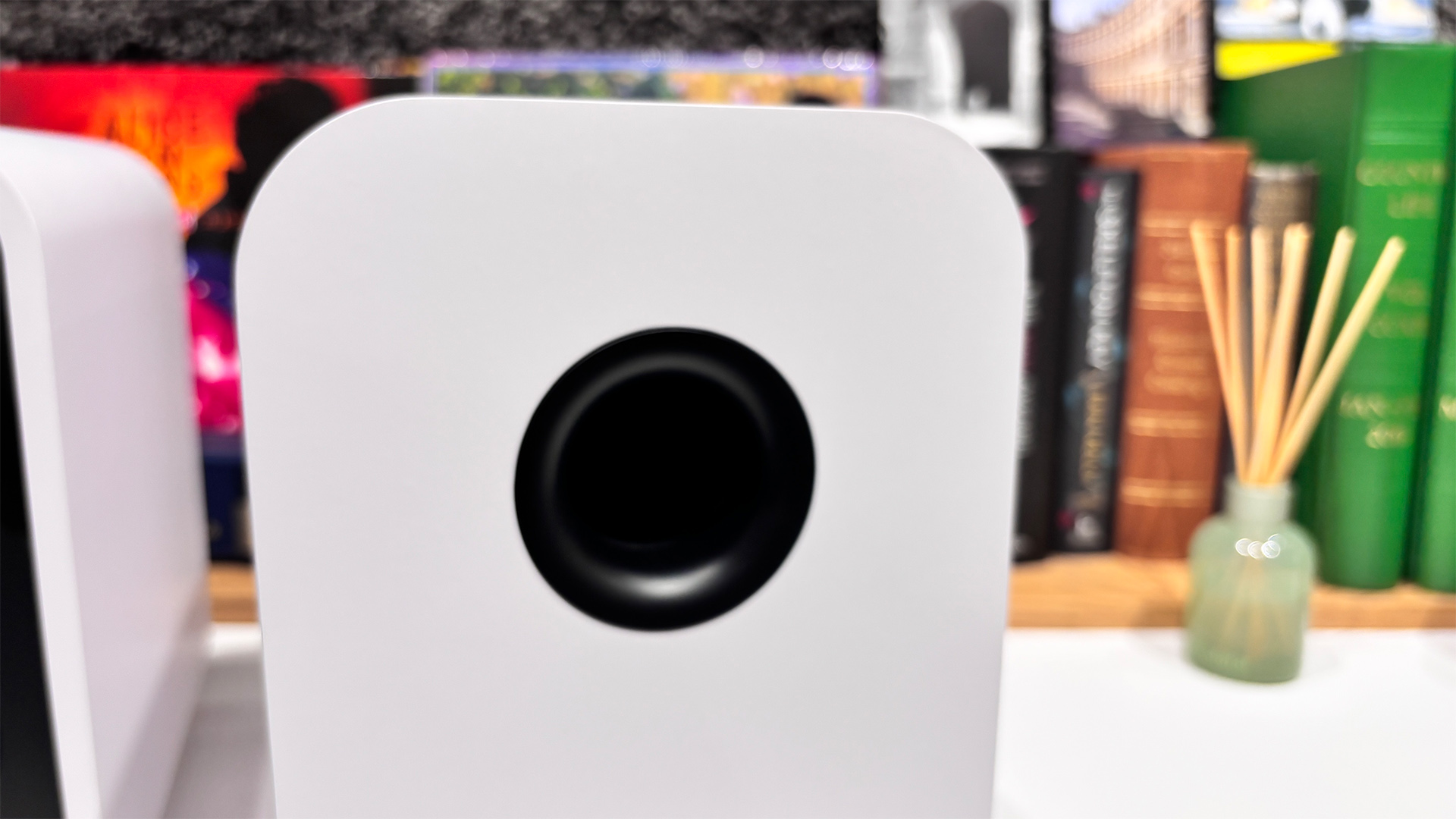
Despite their clear qualities, we struggle to escape the conclusion that these are standmounts that we admire rather than ones we’ve fallen in love with. For getting to the heart of your music and stirring your soul as you listen, the Bowers & Wilkins 607 S3 or the Dali Oberon 1 are the alternatives we’d recommend at around this price.
Still, there’s much to like about the Q Acoustics 5010. Their controlled, cohesive and immensely well-integrated sound will earn them many admirers, as will their pleasing build and reasonably accommodating nature.
A competent pair of standmounts that are well worth considering for the money.
Review published: 9th July 2025
SCORES
- Sound 4
- Build 5
- Compatibility 4
MORE:
Read our review of the Bowers & Wilkins 607 S3
Also consider the Dali Oberon 1
Best bookshelf speakers: top standmounts for every budget tested

Harry McKerrell is a senior staff writer at What Hi-Fi?. During his time at the publication, he has written countless news stories alongside features, advice and reviews of products ranging from floorstanding speakers and music streamers to over-ear headphones, wireless earbuds and portable DACs. He has covered launches from hi-fi and consumer tech brands, and major industry events including IFA, High End Munich and, of course, the Bristol Hi-Fi Show. When not at work he can be found playing hockey, practising the piano or trying to pet strangers' dogs.
- Ketan BharadiaTechnical Editor
You must confirm your public display name before commenting
Please logout and then login again, you will then be prompted to enter your display name.
